Can aphids live in soil? Most plant owners struggle with aphids in their outdoor and indoor gardens. These annoying pests have several varieties that travel from one plant to another and feed on foliage and flowers.
Root aphids are a special variety of aphids, and today we are discussing their treatment of indoor and outdoor plants.
Table of Contents
Can Aphids Live in Soil?
Some aphids can live in the soil. Most aphid varieties live on foliage and feed on the leaves. But the grey-white root aphids live in the soil and also lay their eggs in the soil. Although they vary slightly in appearance, the damage they cause is similar to the stem and leaf aphids, making your plant wilt and die if you leave them.
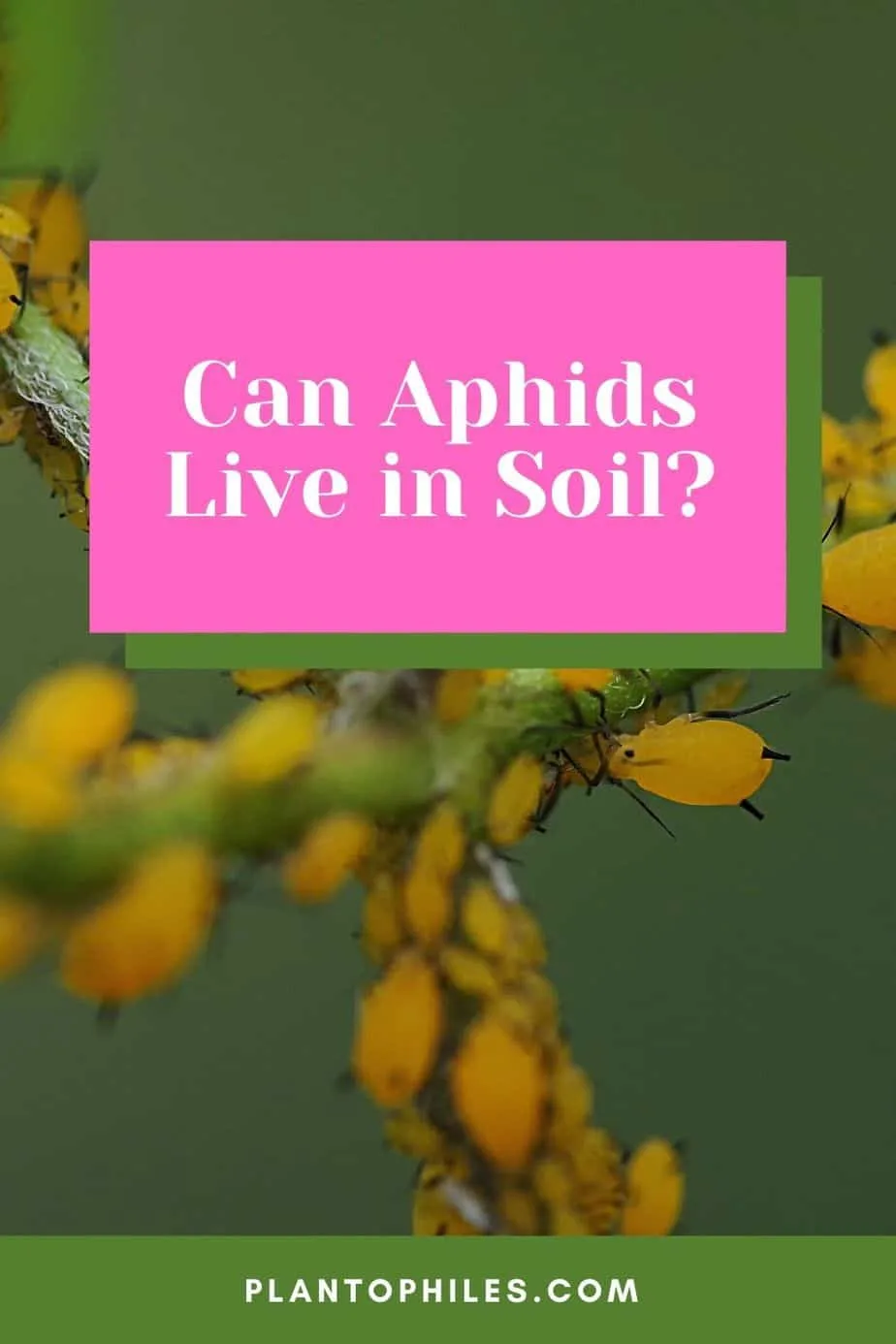
How Root Aphids are Different
You already know that aphids not only damage the plant by extracting the sap but also spread the mosaic virus. Your plant will grow stunted, and the leaves will develop yellow.
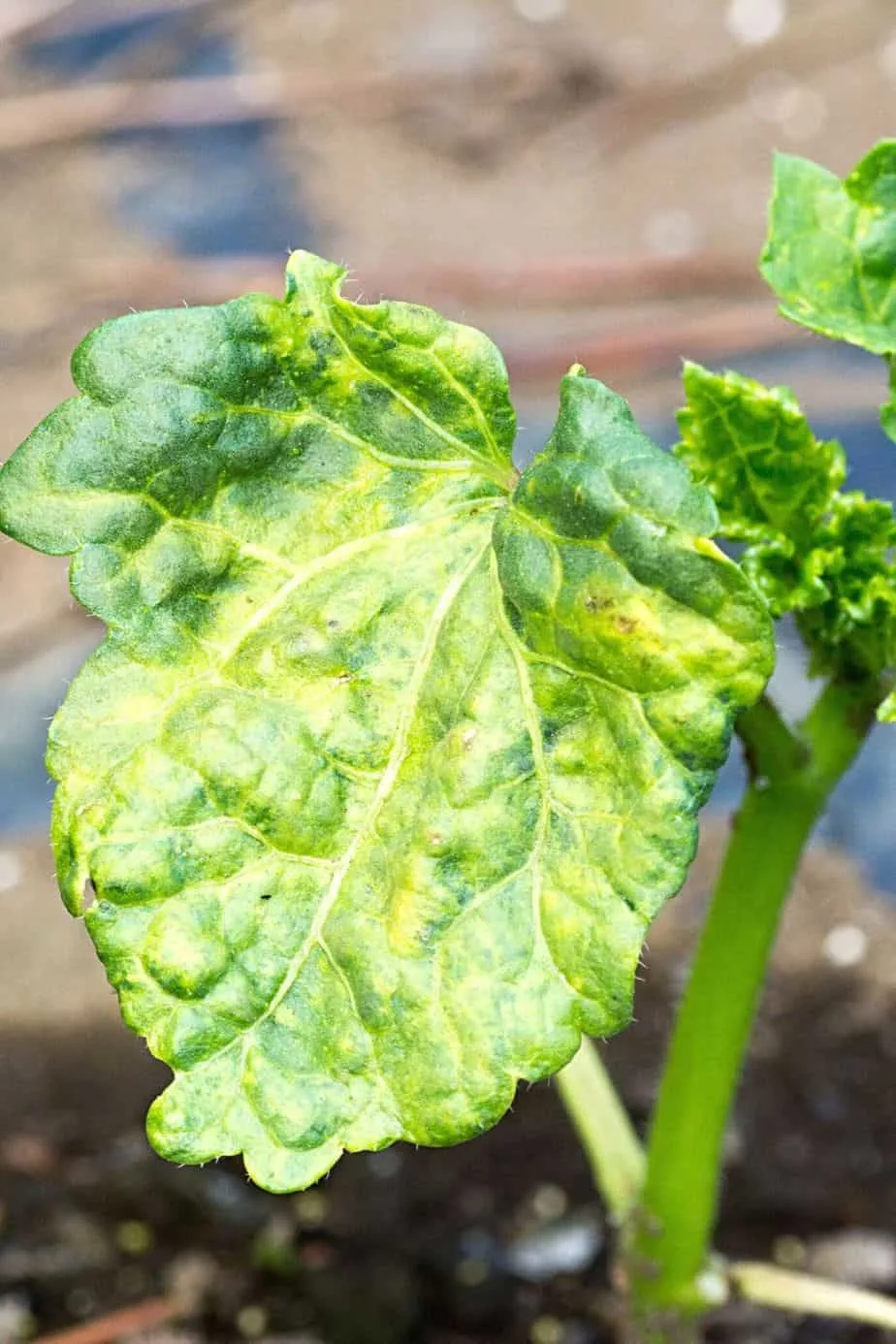
The honeydew secreted by aphids blocks the leaf pores and becomes home to sooty mold.
Root aphids are a common aphid variety that attacks garden and greenhouse plants. They belong to the Phylloxera family and usually live at or above the soil surface.
Root aphids are pear-shaped (about 1mm in size) and have shorter legs and antennae than stem and leaf aphids.
They can vary in colors from pink, white to brown and easily blend with the soil and roots.
They are more destructive since they easily adapt to indoor and outdoor climates. The root aphids cannot survive the cold winter weather without a host plant.
They are also hard to spot compared to other aphid varieties as you will not notice any symptoms of feeding on the foliage. The small size makes them unnoticeable for one or two growth cycles.
Some gardeners confuse them with the larger mealybugs because they produce a similar sticky white substance. Root aphids are also confused with fungus gnats in their winged stage.
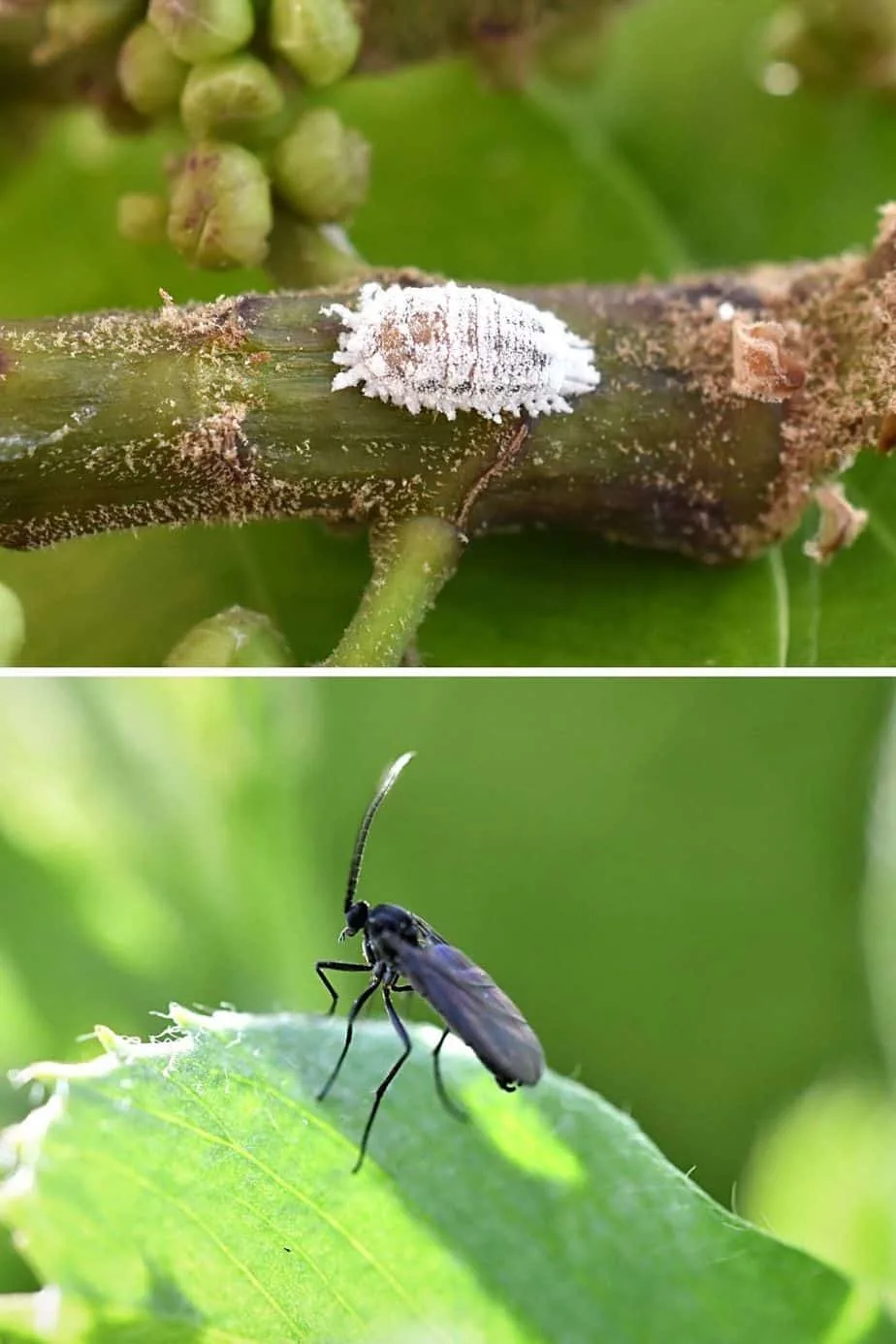
They suck the plant sap directly from the roots even before it reaches the stems or leaves of your plant.
If your plant shows nutrient deficiency symptoms (iron, magnesium, or calcium), check the soil for root aphids.
It is vital to eradicate the root aphids before they establish themselves. It becomes difficult to kill them once they establish colonies in the soil.
The lifecycle for root aphids varies because of their adaptable nature and below-soil habitat.
They reproduce asexually in the growing months of spring and summer. And the eggs overwinter in the soil.
The eggs can also attach to the leaves and stems above the soil’s surface. As they hatch, they will fall on the soil.
The female aphids can produce up to 150 eggs in 45 days.
Some root aphids also develop wings during their lifecycle, making traveling from one plant to another easier.
They make holes in the roots, which leaves your plant vulnerable to several diseases and mildew.
As the infection spreads, the crawlers will move above and feed on the stems.
The root aphids have many varieties that can attack rice crops, roots of trees, and even perennial herbs growing in containers.
Damage Caused by Root Aphids
The following are common signs of root aphid damage.
- Lack of vigor and failure to reach optimum size
- Yellow, curled, or withered leaves
- Premature leaf loss
- Small or stunted flowers and fruits
- Roots start splitting
You should dig the soil around the root ball to confirm the presence of root aphids.
Another indication is the presence of ants around the plant’s base since they feed on the leftovers like honeydew.
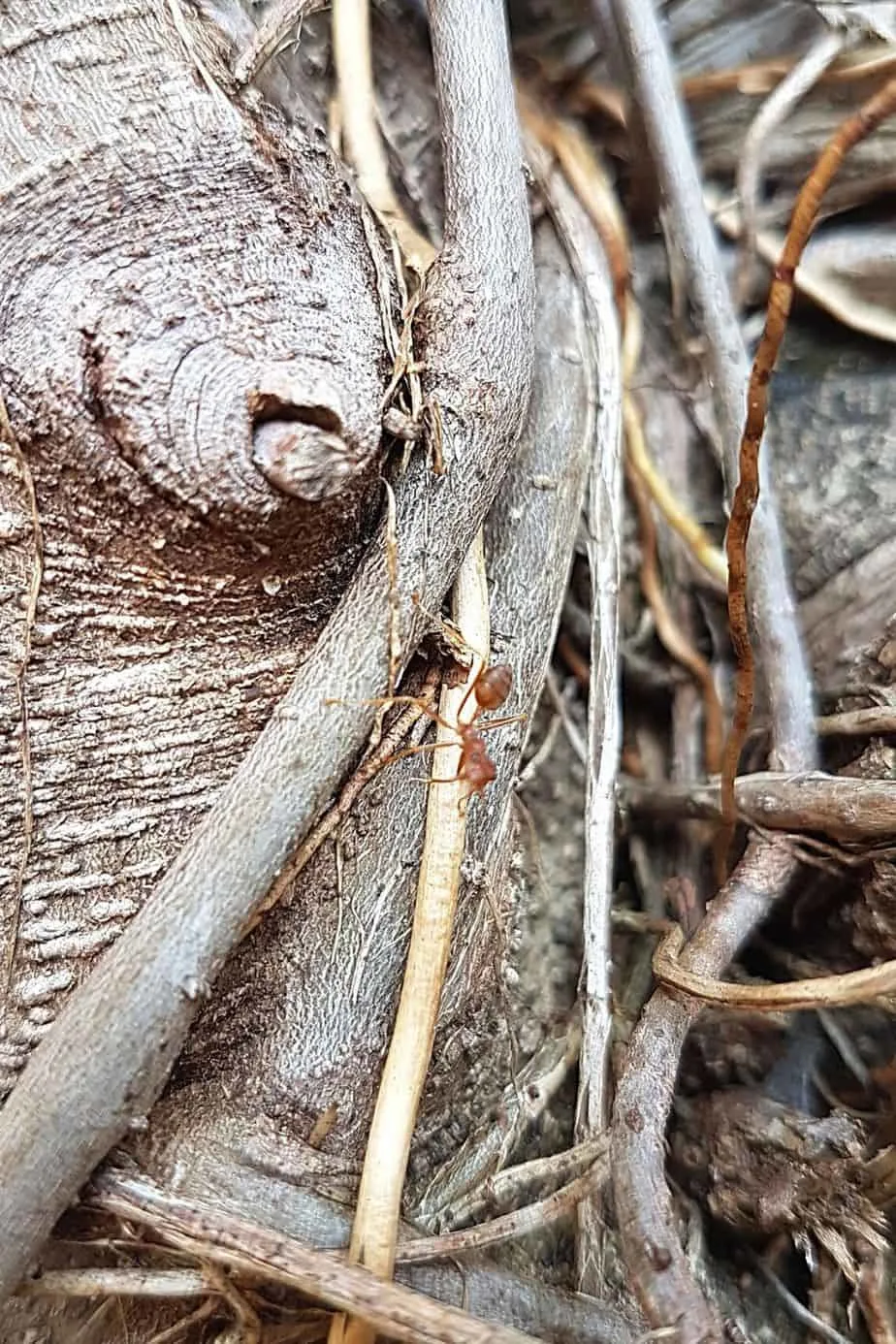
As the root aphids feed on your plant, they inject saliva into the plant system, which rots the plant from the inside.
If you inspect the roots of infected plants, you will notice powdery or waxy mold on them.
Root Aphids Control
Always keep the soil moist to avoid dry conditions. You can save your plant by disinfecting and washing the roots for small infections.
You should also refresh the soil.
Sadly, if your plants or crops are heavily infested, you must remove them to get rid of the root aphids.
After sanitizing all your equipment and pots used for infected plants, you can start over.
In containers, root aphids are transported from one plant to another via propagation or root cuttings. Therefore, never take cuttings or reuse soil from infected plants.
How to Avoid Root Aphids on Outdoor Plants
- Cultivate plants to attract birds that pick the eggs of root aphids from trees or the ground. You can also grow plants like onion, garlic, and chives in your outdoor garden as they are natural aphid repellents.
- You should avoid using commercial-grade soils for outdoor plants, such as bagged compost. This is the most common way aphids and their eggs can infect plants. Always buy compost or soil from reliable sellers.
- Use the help of parasitic wasps or ladybugs as they can feed on aphids living on the soil surface.
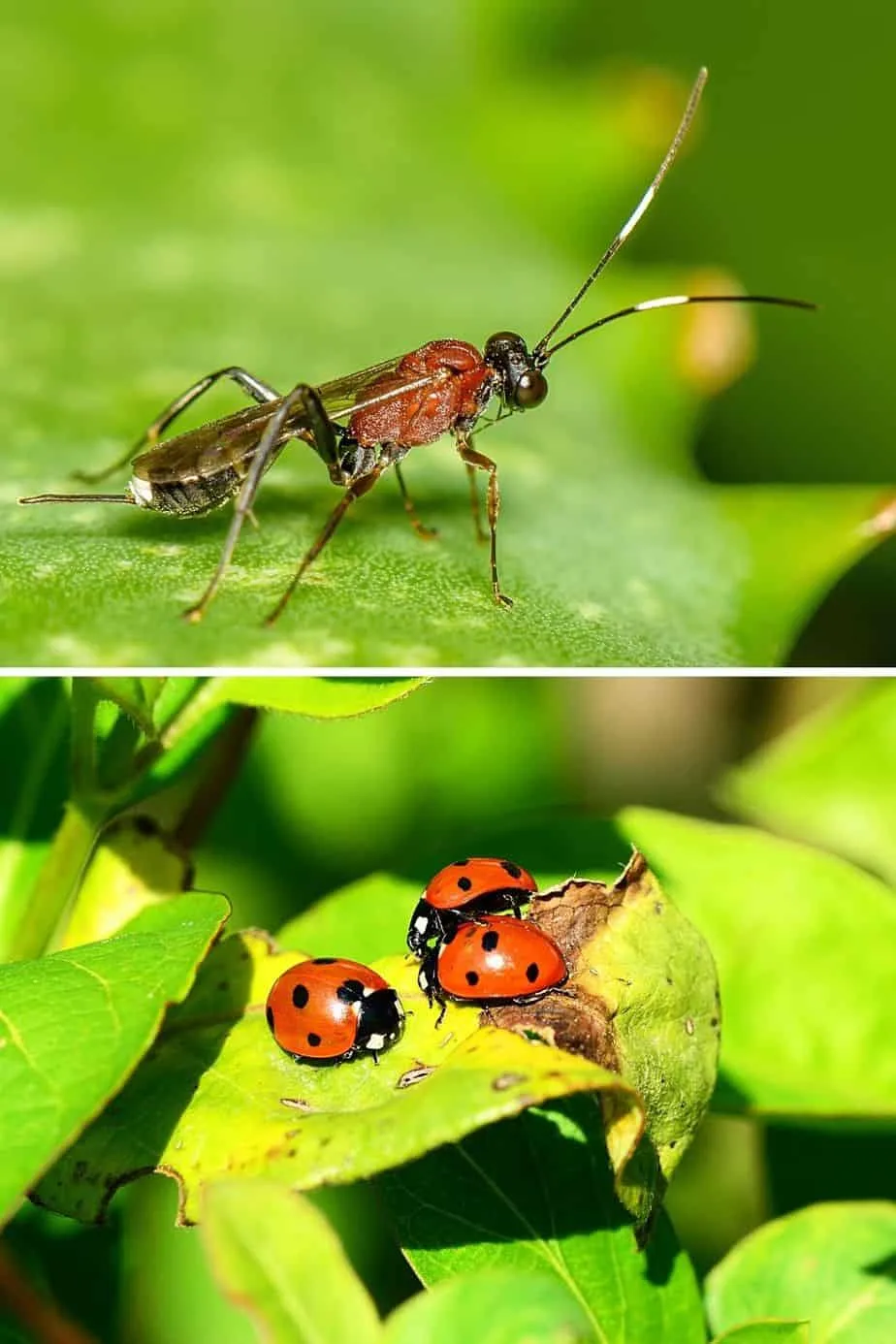
- Beneficial nematodes can also feed on soil-borne pests like root aphids, which are not harmful to the earthworms or your plants. But make sure you apply them to moist soil.
- Avoid using insecticidal soaps for soil-borne aphids. Although these soaps are great for controlling the crawlers, they are ineffective against root aphids and can harm your plant’s root system.
- You can use Azadirachtin as it prevents the aphids from feeding on the roots. But I’ll recommend this for minor infestations since it’s a slow-acting product.
- You can use Pyrethrum-based sprays during the early parts of the infestation. Water the soil after spraying to dissolve the product in the soil. The application should be repeated every two weeks because the eggs can continue to hatch even after the adults are killed.
- Apply a citric acid solution to the soil to prevent the root aphids from attacking. This is a non-toxic and organic solution compared to others.
While removing infected plants, never leave the infected parts or soil near your healthy plants.
You can use a large bucket or containers to dispose of everything.
How to Avoid Root Aphids on Indoor Plants
- Avoid using potting soil from unreliable shops or nurseries. Mostly root aphids in indoor plants spread via plants or growing mediums bought from unknown sources.
- Install yellow traps near your plants to identify the early signs of a root aphid infection.
- If you are growing your indoor plant using hydroponic methods or grow cups, they should be inspected regularly for signs of infection. In the early stages, the root aphids attach themselves to the sides of the grow cups or trays.
- For hydroponic gardening, beneficial nematodes can slow the spread of soil-borne aphids.
- Submerge infected root balls or grow cups in a pyrethrum-based solution for a minute or two. Gently untangle the roots to make sure they are completely saturated in the solution.
- Prepare a water solution using an organic pesticide and saturate your soil/growing medium in this solution with the lights off. Pour the solution near the plant’s base, let it sit for at least 1 hour, and rinse the soil before turning the lights on.
Varieties of Root Aphids
Rose Root Aphids
These lay eggs on the stems of your plant in the fall season. They infect cultivated or wild Rose plants.
Lettuce Root Aphids
These are common pests for Lettuce plants growing outdoors in summer.
They go unnoticed after hiding under the soil and colonize in the root system of Lettuce.
Grape Phylloxera
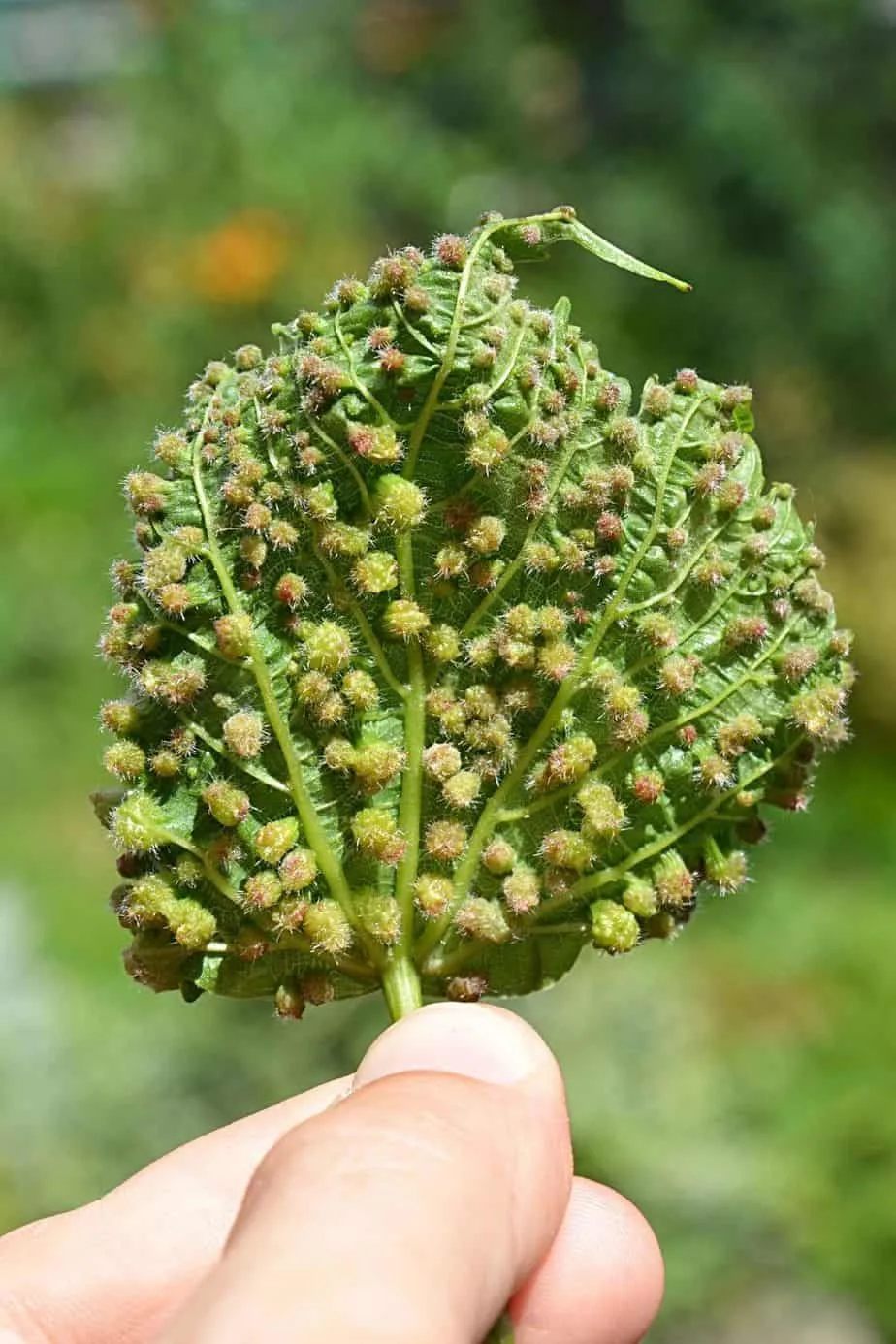
This variety can destroy your vineyards and is native to North America. They produce galls on the roots and foliage of the host plant.
Auricula Root Aphids
This variety primarily attacks container plants in greenhouses but can also infect outdoor Primulas.
Frequently Asked Questions
Is neem oil effective against root aphids?
Neem oil cannot kill root aphids but can reduce or slow down the spread of aphid infestation.
Can watering impact the growth of root aphids?
Root aphids are most active when the soil is dry. Therefore, I recommend regularly watering your plants to discourage root aphids’ growth.
How do you eliminate root aphids?
You can use water to drown the root aphids. Wash the plant with a strong stream of water, and the aphids living on the foliage or soil will drown and die.

Daniel has been a plant enthusiast for over 20 years. He owns hundreds of houseplants and prepares for the chili growing seasons yearly with great anticipation. His favorite plants are plant species in the Araceae family, such as Monstera, Philodendron, and Anthurium. He also loves gardening and is growing hot peppers, tomatoes, and many more vegetables.


